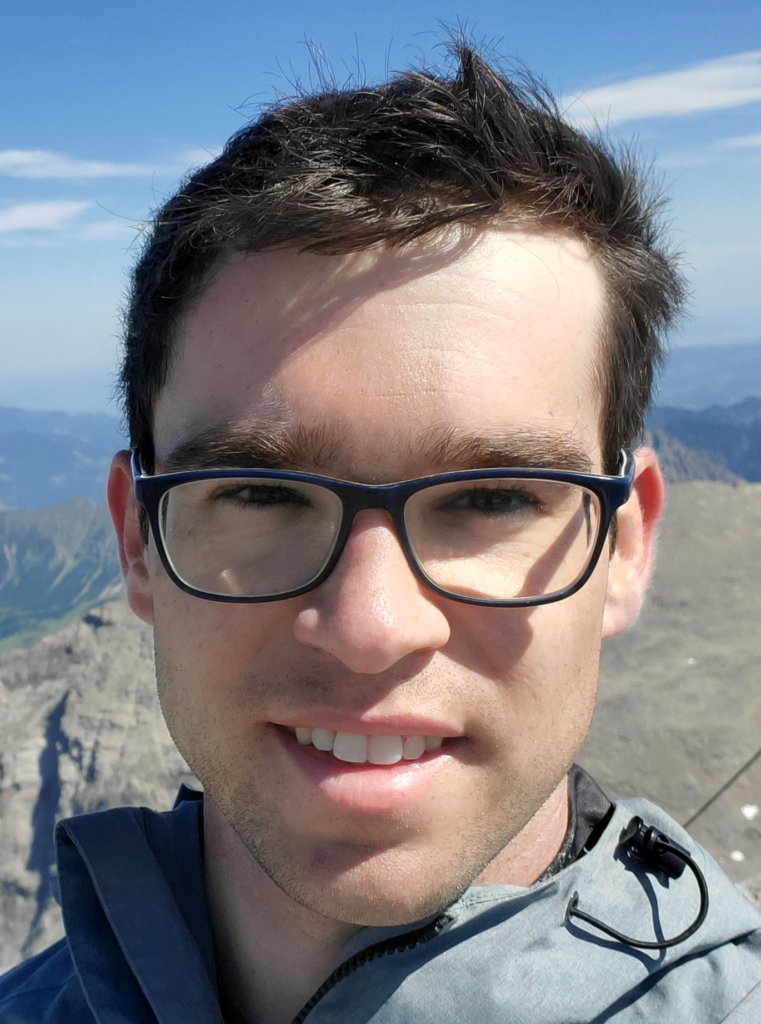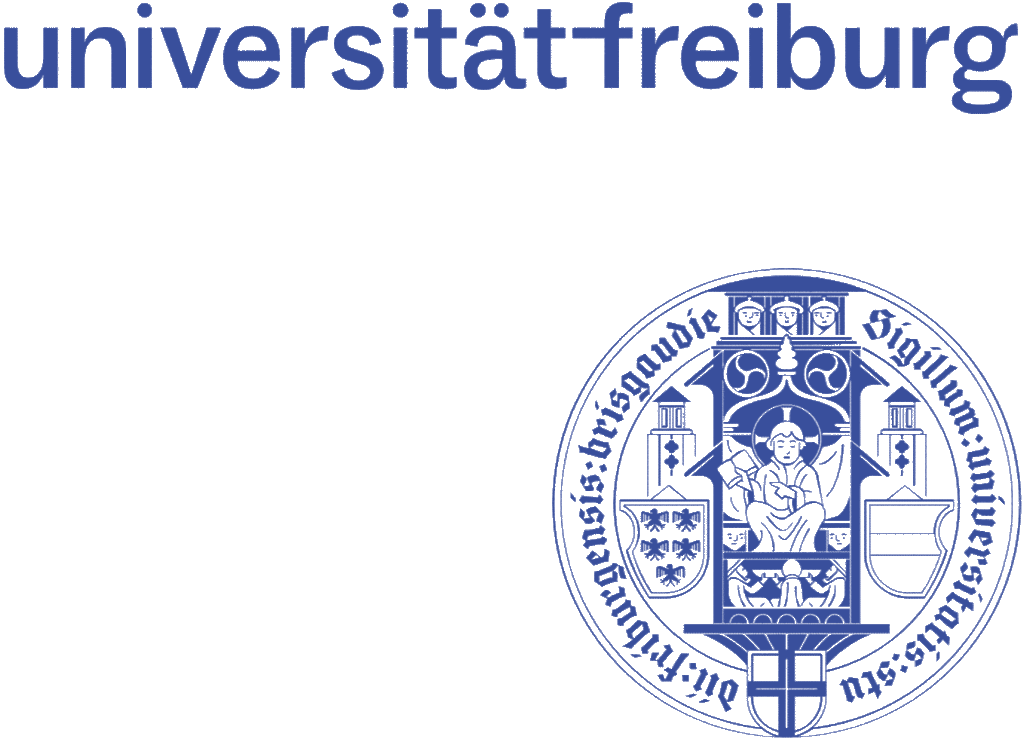
University of Freiburg
Institute of Physics
Experimental Attosecond and Strong Field Physics
benjamin.steiner(at)physik.uni-freiburg.com
Generation and application of high-order harmonic radiation for the investigation of electron-correlation driven processess
The time-resolved investigation of fast processes like electron dynamics in atoms or molecules, which occur on the femto- to attosecond time scale, requires even shorter events. Such events are nowadays readily available in the form of attosecond laser pulses in the extreme ultraviolet (XUV) spectral range and are obtained by the process of high-order harmonics generation (HHG). In our research group, we combine such attosecond XUV pulses with photoelectron interferometry and coincidence spectroscopy.
In certain processes, for example the Auger decay or single photon double ionisation, the XUV photons have to reach a distinct energy range of around 80 to 100 eV in order to drive and study them. Since the goal of this project is to investigate these processes using electron-electron-ion coincidence, the challenge is to extend the cutoff energy in the HHG process to reach the desired energy range.
For this purpose, a gas-filled multi-pass cell is developed, built and optimised for the efficient temporal compression of infrared laser pulses. These pulses are emitted by a commercial Yb-based laser system. Multi-pass cell setups promise a higher energy throughput while offering similar spectral broadening and therefore temporal compression than the usually applied hollow-core fiber compressors. Consequently, high enough peak intensities can be reached to efficiently drive HHG in neon, which allows the generation of sufficiently high energetic XUV photons of 80 eV and above. The obtained attosecond XUV pulses will then be employed in the already existing attosecond coincidence spectrometer for the time-resolved investigation of electron dynamics occurring during the above-mentioned processes.
Supervisors: Giuseppe Sansone & Lukas Bruder



